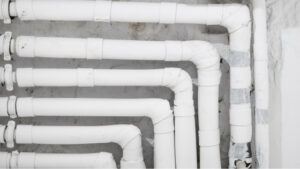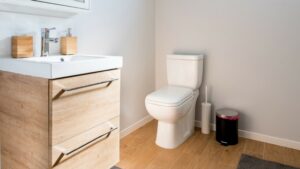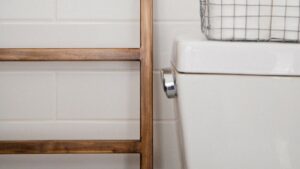Warning Signs of a Damaged Sewer Pipe
A damaged pipe can be a big hassle and a huge drain on your monthly budget.
And unknown to many homeowners, this issue often takes years to arise. More often than not, the warning signs of a damaged sewer pipe are there, hiding in plain sight, ignored, or attributed to another problem.
Homes that are 25 years old or older are particularly vulnerable to damaged sewer pipes. This is because these often use cast iron pipes.
What are the warning signs of damaged sewer pipe homeowners should be on the lookout for?
Slow drainage
Slow drainage is a fairly common plumbing problem which can be resolved fairly quickly. However, if the problem is not resolved after several attempts, it may be a sign of an impending sewer pipe damage.
Here, slow drainage is an indicator of the formation of the blockage.
Foul odor
A sewer pipe that is in good working condition should be able to contain the scent of sewer gas.
If you notice that distinct odor in your home, it may be a sign that the sewer pipe has been cracked.
Backups and blockages
When the backup or blockage occurs in more than one drain, it is highly likely that your sewer pipes are deteriorating.
Therefore, these types of backups and blockages do not respond positively to pipe cleanings.
Molds
Molds build up when the humidity level inside a home increases. And one of the possible causes for the increase of humidity inside a home is a cracked sewer pipe. Our friends at Gilmore Heating & Air, a residential ac company in Placerville, recommend consulting with an HVAC company to learn about bacteria-fighting heating and cooling systems.
Pest problems
You have tried practically every solution available for you to get rid of rodents and insects that have infested your home and nothing still works.
It’s not that the solutions that you have implemented are simply not working. It is highly possible that you are attacking parts of the problem.
These unwanted invaders take advantage of the smallest available space to invite themselves in your home.
Patches of unusually green grass
You’re proud of your lawn and all of the efforts you have put toward it. But during one of your mowing sessions, you notice one particular area where the grass seems to be thriving.
The culprit may be the sewage leaking below that area, blessing the grass with nutrients.
Structural damage
When sewer pipes are nearing the end of their usable lifespan and potential damage is imminent, you will notice structural damage in and around your home.
So, this can take various forms, including cracks or settlements in the foundation, sinkholes, and indentations in the lawn or beneath pavers.
Be vigilant
Taken individually, these signs may be considered as indicators of smaller problems.
But if you notice these in conjunction with one another, you might be facing a serious plumbing problem. Contact a plumbing expert immediately.





